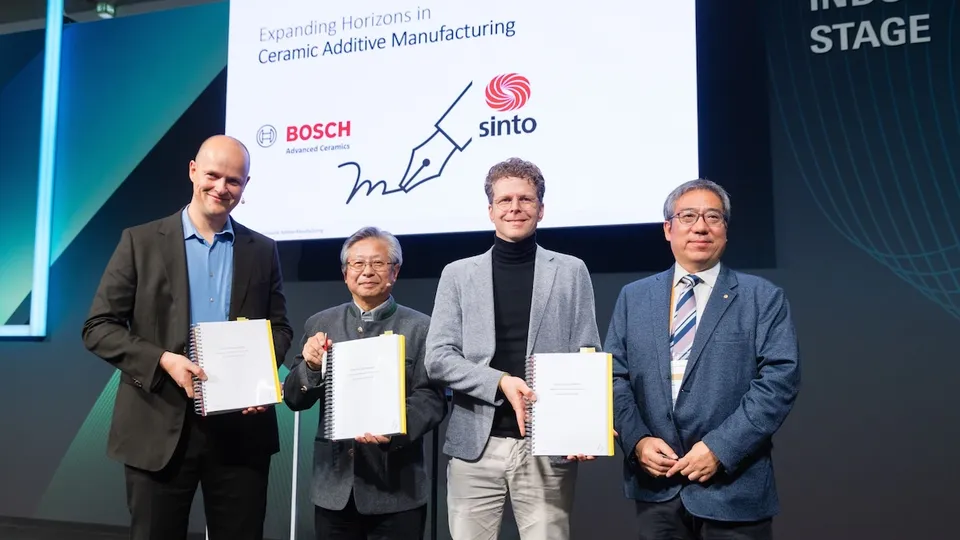1.Structural Ceramics Engineering Research Center:
A reasonable layout of “fundamental research-new materials exploration and hi-tech innovation industrialization” has been established in the field of R & D of advanced structural ceramics and composites, whose research objects are oxide, nitride, carbide ceramics and corresponding composites. The main research interests include:
●Material Sciences and Processing
Including:
High-performance structural ceramics, reticulated porous ceramics, transparent ceramic for laser or scintillation, light-weight structural ceramics, and various flexible shape forming techniques, etc.
● Industrialization of Advanced Structural Ceramics
Making use of excellent properties of advanced ceramics, such as high strength, high hardness, high-temperature resistance, wear and corrosive resistance, etc., the industrialization of oxide, nitride, carbide ceramics and corresponding composites are being studied to meet the demand for modern industry.
● Special Advanced Structural Ceramics
Including:
(1) Ceramic matrix composites, e.g. Cf/SiC, SiCf/SiC, Cf/C and Cf/SiO2.
(2) Oxide, nitride and carbide ceramics.
(3) AlN ceramics for electrical encapsulation
2.Advanced Carbide Ceramics Group
Advanced Carbide Ceramics Group consists of 32 faculty members (including 1 academician of CAE, 6 professors, 9 associate professors and senior engineers, 5 research assistants and engineers, 11 technicians) and 22 graduate students. The group focuses on the field of carbides and ceramic composites, and has systematically developed silicon carbide ceramics for several decades.
For the last decades, the group has built on systemic theories on molding, preparation, sintering, microstructure designing and properties controlling for silicon carbide materials. Different kinds of silicon carbide ceramics were developed from the view of composite phase, grain boundaries, stress and structural designing to obtain different performances. Sintering techniques such as reactive sintering, pressureless sintering, hot pressing, hot isostatic pressing, CVD and CVI were also developed. Recently, the group has been focusing on novel forming techniques of carbide ceramics, and solved the key technologies of tape-casting, gel-casting, dry and cold iso-pressing for large scale lightweight components with complex shapes. Meanwhile, the group has also achieved significant developments on fields such as bio-ceramic, porous ceramics, ultra-high temperature ceramics, surface modification and binding of ceramics.
Research fields:
Design and preparation of advanced carbide ceramics and computational simulation for ceramic components
Advanced forming and preparation techniques of components
Surface modification techniques of advanced ceramics
Joining techniques of ceramics
Nondestructive testing techniques of ceramics
porous ceramics
Nanosized composite ceramics
bioceramic
ultra-high temperature ceramics
3.Colloidal processing science for advanced ceramics
The main research focus is the design, calculation, preparation and sintering science of high-performance ceramic materials. Tape casting, gel casting and 3D printing etc. ceramic processing techniques are utilized for the preparation of ceramics with laminated structure and/or big size/complex shape for novel applications. Other research interests involve the design and preparation of nanomaterial, structure-function integrated material as well ceramic membranes.
Main research area:
(1)Research on the structural design, calculation, processing and sintering mechanism of ceramics;
(2)Rapid prototyping processing of ceramics parts;
(3)Ceramic substrate and electronic packaging material;
(4)Ceramics for communication, Internet of Things and wearable smart devices;
(5)Design, preparation and application of structure-function integrated material (including porous ceramic filter, ceramic armors and microwave absorbing materials etc).
Fundings:
Programs from national and local governments have been undertaken, including National Natural Science Foundation of China, the National Key Research and Development Program of China, Shanghai Pujiang Talent Program, Shanghai Science and Technology Committee and the State Key Laboratory of High Performance Ceramics and Superfine Microstructure.
Publications :
Have published more than 100 scientific papers, applied more than 30 patents with more than 18 patents authorized.
Cooperations:
Cooperation with Osaka University, Technische Universitat Clausthal、Institute of Inorganic Chemistry, Slovak Academy of Sciences、Frantsevich Institute for Problems of Materials Science of the National Academy of Sciences of Ukraine, Nanjing Tech University, Shanghai University etc.
Declaration: This article is provided by CERADIR™ users or obtained from Internet, the content does not represent the position of CERADIR™. We are not responsible for the authenticity/accuracy of the article, especially the effects of the products concerned. This article is for study only, it does not constitute any investment or application advice. For reprinting, please contact the original author. If it involves the copyright and/or other issues, please contact us and we will deal with it asap! CERADIR™ has the interpretation of this declaration.







